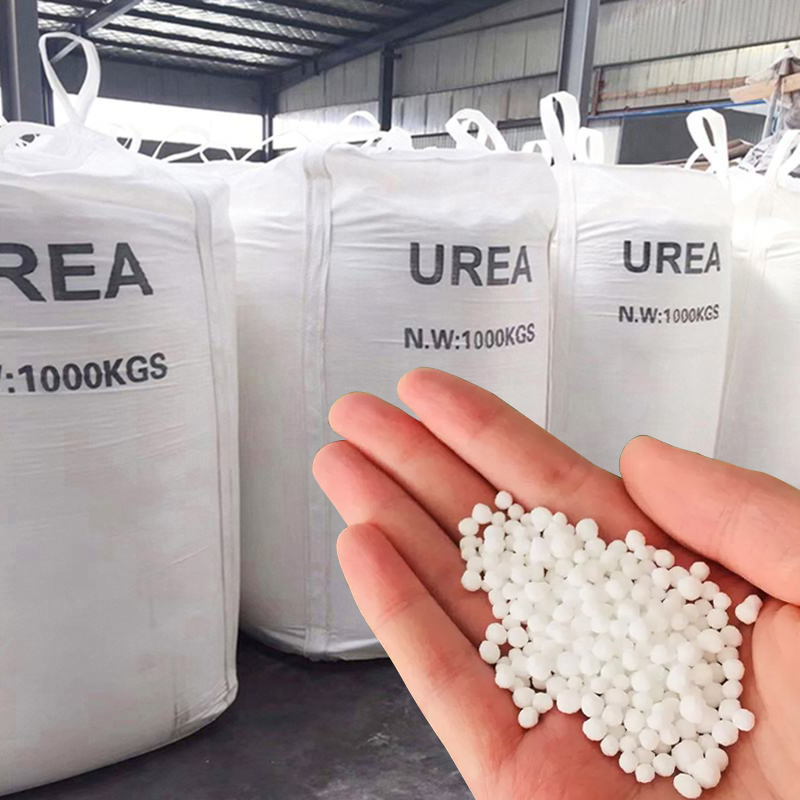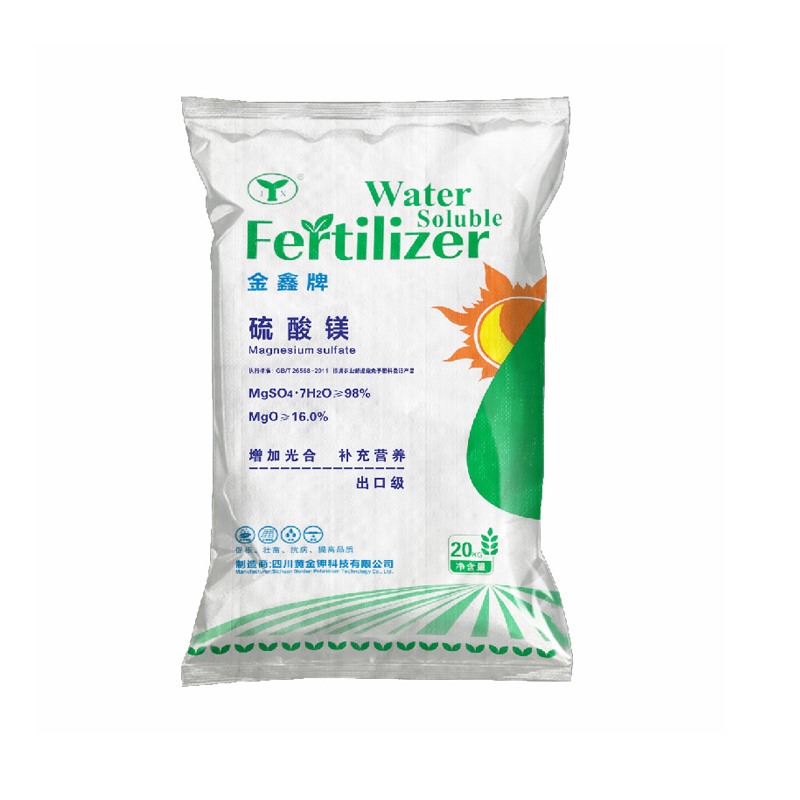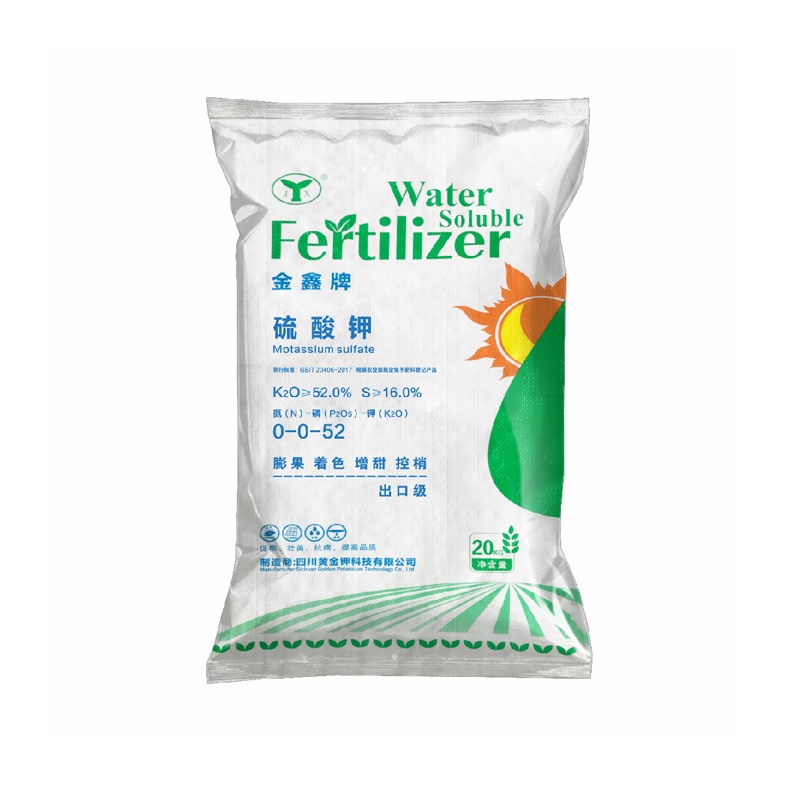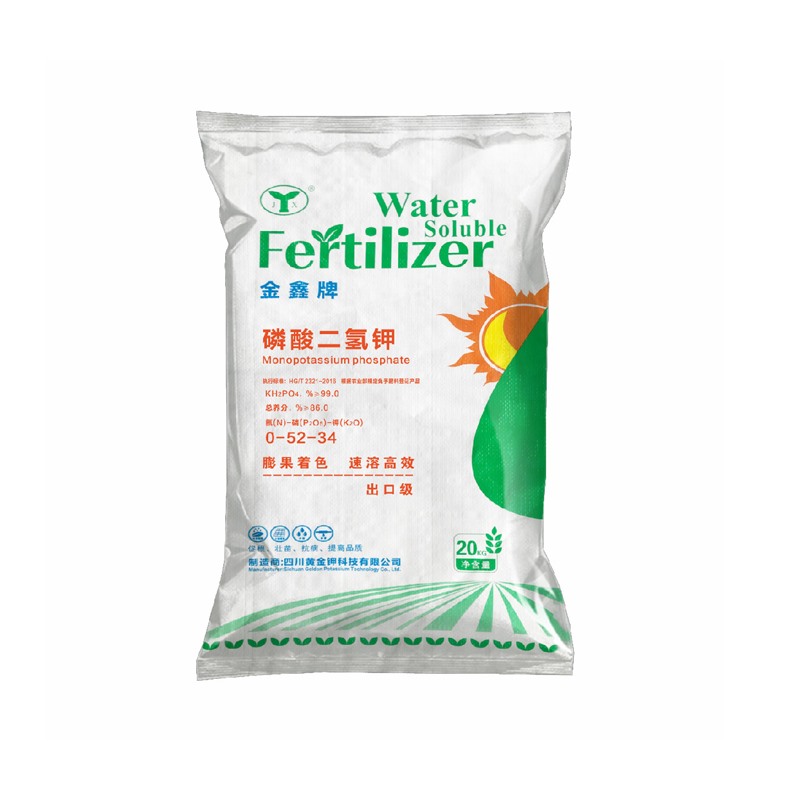Fertilizers are too expensive to use, how long will the price increase continue?
One of the headaches for many farmers this year is the rising global fertilizer prices.
The fertilizer price index in North America has soared by 42% in two months, while domestic prices of urea, phosphoric acid, and potash have all risen sharply.
Taking phosphoric acid as an example, the price was still around 2,800 yuan/ton at the beginning of this year, but it rose to 3,600 yuan/ton in April, an astonishing increase. The ex-factory price of urea also rose from 2,500 yuan/ton in February to 2,900 yuan/ton in April. Potash fertilizer has risen even more, because nearly half of the domestic demand gap for potash fertilizer has to be filled by imports.
The reason why the price of chemical fertilizers keeps rising is that, on the one hand, affected by the conflict between Russia and Ukraine, the prices of coal and natural gas have soared, and these two are important raw materials for the production of chemical fertilizers. The increase in production costs will naturally push up the price of chemical fertilizers.
On the other hand, Russia is a big exporter of chemical fertilizers. In 2021, Russia's exports of nitrogen, phosphorus and potassium fertilizers will all rank among the top three in the world, occupying a pivotal position in the global fertilizer market. Since January last year, international ammonia prices have risen by 220%, urea by 148%, diammonium phosphate by 90% and potassium chloride by 198%. At this time, coupled with the "stop supply" of Russia's fertilizer exports, it has made the global fertilizer market even worse.
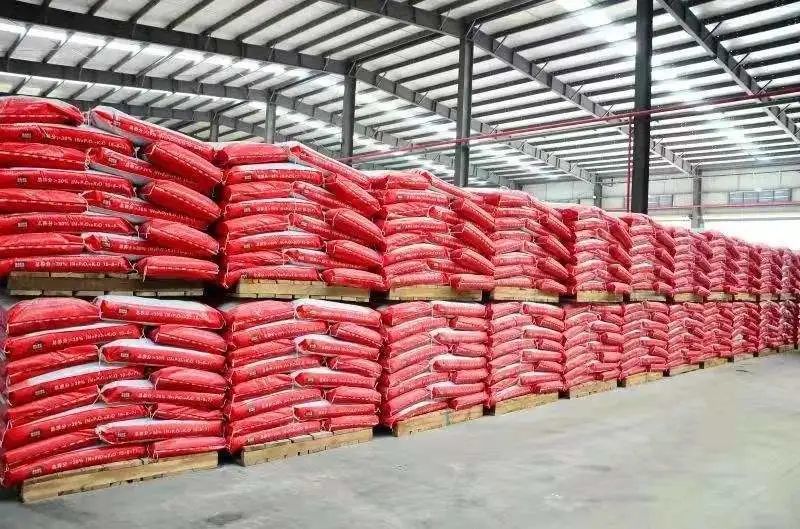
The rising price of chemical fertilizers has a direct impact on farmers' planting costs. With the rising cost of global cultivation, farmers in many countries have made two choices:
One is to reduce the acreage or choose to grow crops that require relatively little fertilizer.
For example, the previous report on planting intentions in the United States showed that American farmers intend to reduce the planting area of corn and increase the planting area of soybeans. One of the reasons is that soybeans require less fertilizer than corn.
The second is to start looking for alternatives - homemade fertilizers and animal manure.
Many farmers have begun to pour leaves, weeds and poultry manure into the dug soil pits, add water and ferment them to make homemade fertilizers. This is a more traditional method of fertilizer production before chemical fertilizers were popularized. Others have begun to look for alternatives—animal manure, which has brought a windfall to some farms as demand soars.
It is reported that many farms have sold out of animal manure before the end of this year. And the price of high-quality animal fertilizers has risen sharply. For example, the price of high-quality animal fertilizers in Nebraska has risen to 11-14 US dollars / ton, while the previous price was only 5-8 US dollars / ton, which has nearly doubled. .

So, when will fertilizer prices go up? Will it come down later?
There are two aspects to this question:
First, domestically, according to the statistics and forecasts of relevant industry associations, the total demand for fertilizers for spring ploughing this year is about 39.8 million tons, while our total supply of fertilizers is 48.3 million tons, including production, inventory and import. That is to say, the supply of fertilizers can meet the demand, but why are the prices of fertilizers still rising?
This is mainly because the overall price of the fertilizer market has risen due to fluctuations in the international fertilizer market and the sharp rise in coal and natural gas prices. In addition, the epidemic has caused traffic restrictions in some areas, and the supply of fertilizers has been tight in some areas.
In order to ensure spring ploughing, the state has successively released two batches of spring ploughing reserve fertilizers since March this year, totaling more than 6 million tons, and 1 million tons of potash fertilizer reserves, which eased some market demand and caused the price of chemical fertilizers to drop slightly.
Second, from the international perspective, global fertilizer reserves were close to bottoming out at the beginning of the year. Coupled with the continuous increase and escalation of various sanctions, the energy market remained high and volatile. Therefore, affected by the rising cost of raw materials, the price of fertilizers in the second quarter was still easy to rise and difficult to fall. Consolidated at a high level.
